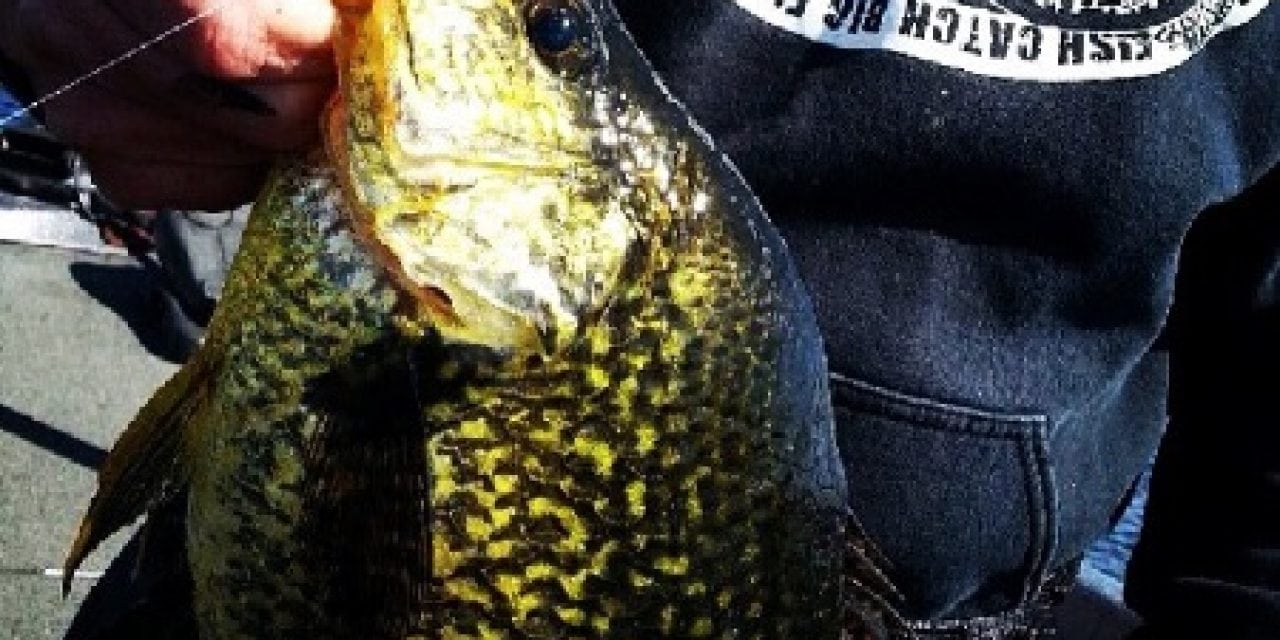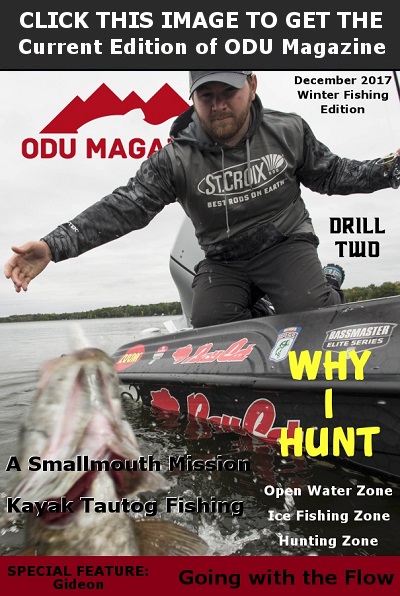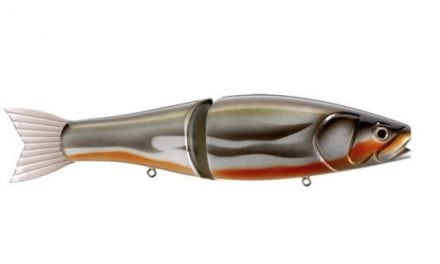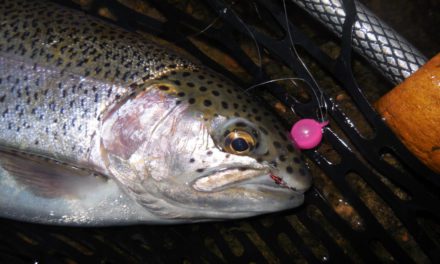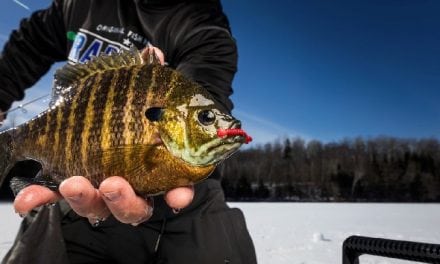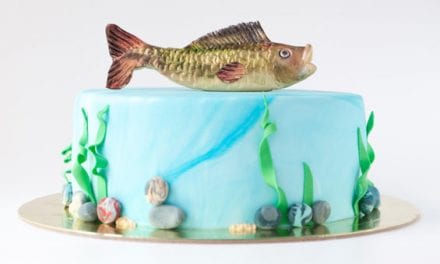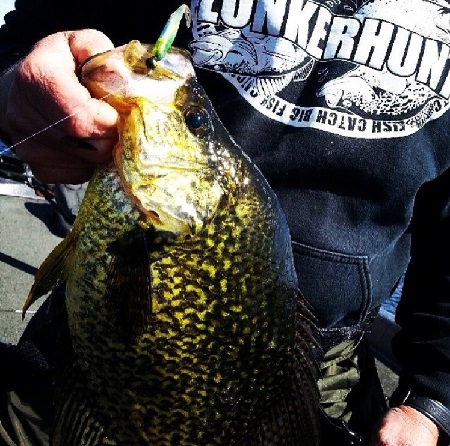 Spring is a great time for crappie fishing, but catching crappie can be tricky. If you’re new to crappie fishing or are looking for a refresher, the following four early season crappie tips should help you land more spring slabs.
Spring is a great time for crappie fishing, but catching crappie can be tricky. If you’re new to crappie fishing or are looking for a refresher, the following four early season crappie tips should help you land more spring slabs.
Tip 1: Locating crappie
Focus on the north end of the lake or body of water you are fishing. Look for dead end boat canals, enclosed bays, cuts, sheltered boat marinas, or coves. Really, you should search anywhere on the north end of the lake that will trap water and allow it to heat up. These areas will have the least amount of current and will heat up first. The warmer temperatures will stimulate insect activity, attract minnows and other baitfish, and in turn, attract crappie.
The crappie will not be alone. Largemouth bass and sunfish also follow a similar seasonal transition.
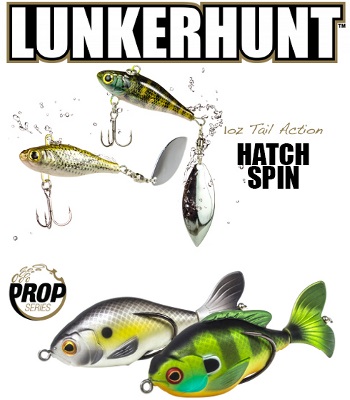 Tip 2: Navigating water temperatures
Tip 2: Navigating water temperatures
Aside from affecting baitfish and insects, water temperatures will also affect oxygen levels, and vegetation growth. How temperatures will affect oxygen and vegetation—as well as their resident crappie population—depends on the specific body of water. Each body of water is different. Current, water depth, composition, size, etc., are also contributing factors.
As a general rule, when water temperatures approach 50 degrees, crappie start moving toward their shallow spawning areas. They move from their wintering areas in or close to main lake basins into the shallows to spawn. During this migration, they will follow close to transition areas and will stay close to forage, for example, minnows and insects. Their movements are very similar in nature to that of largemouth bass.
Along the way, crappie will often stage in 12 feet of water or less around stumps, brush, or weeds. If they are not in the previously mentioned sheltered areas, work your way directly out of the sheltered area you are in and fish around any stumps, brush piles, weeds, or cover you can find until you reach the 12-foot depth range. Once you catch a crappie slow down and cover water. Where there is one fish, there are usually more.
When searching for crappie, a slip bobber set up is hard to beat. It is a great system for finding fish and can be executed as quickly or as slowly as you like. A simple slip bobber rig consists of a slip bobber, a bobber stop, and a lure. The lure is usually a micro jig and a minnow, grub, or insect imitating soft plastic lure that is usually from 1.5 inches to 3 inches in length. Weights will vary based on conditions such as wind and water depth, however 1/16 Oz to 1/8 Oz jig sizes are commonly used.
To get your lure into the strike zone, all you have to do is slide the bobber stop up and down the line to achieve your desired depth. When the bobber stop hits the eye of the bobber, it will prevent your lure from sinking further. The bobber will then work as a strike indicator. The bobber will be pulled under the surface or act erratically when a fish strikes the lure.
When adjusting the depth of your lure, you want to try to keep it 1/3 to halfway down the water column. Crappie feed looking up. In most instances, you want to keep your lure slightly above them.
After adjusting the depth for your lure using the bobber stop you are ready to fish. Simply cast the slip bobber out and let it settle. Once your lure has achieved its depth slowly swim it back to you by lifting and dropping your rod tip to yo-yo the lure and reel the bobber in a few feet at a time. Make sure to let your lure settle after each move. Do not be afraid to let it sit for up to a minute. Sometimes little or no movement will trigger less active fish to strike. Continue this cast and retrieve method and cover as much water as possible until you get a strike and locate a school. Once you find one crappie, you often find many.
Tip 4: Cover water
When you do catch a crappie, slow down and cover the water in the area thoroughly. Play around with the depth of your lure and fan cast the area until you dial them in. Before you know it, you could be catching a fish on every cast.
By David MacDonald, Founder Lunkerhunt
The post 4 Tips for Finding and Catching Early Season Crappie appeared first on ODU Magazine-North America's #1 Digital Fishing Magazine.

